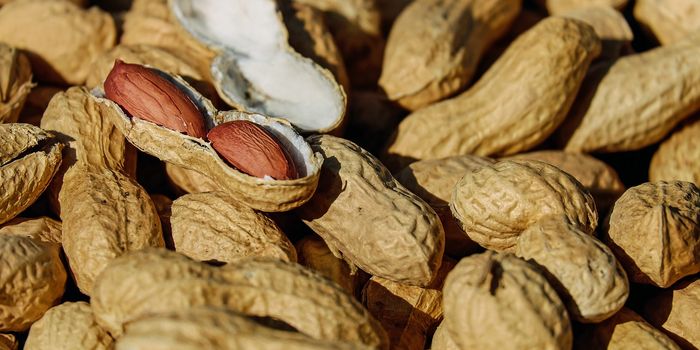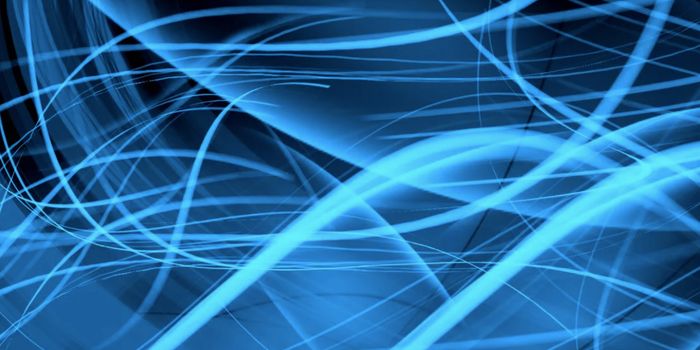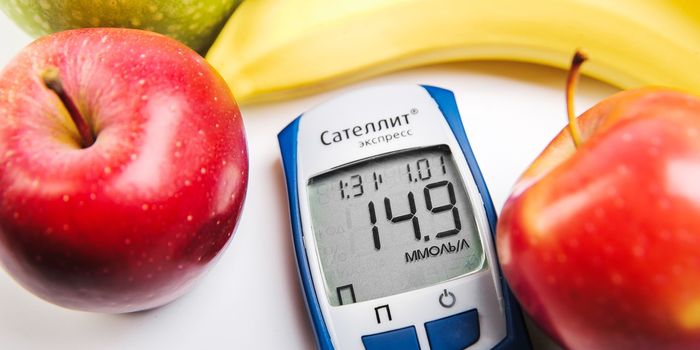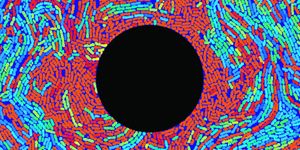This Simple Technique Renders Big Specimens Transparent
One of the major challenges in biomedical research is visualizing biological processes. It's not easy to see the things that happen inside of cells; tissues have to be processed so that proteins and structures can be labeled and seen under a microscope. In recent years, various tools and microscopy techniques have emerged that have made those studies easier. Now, an even more advanced method is available. Reporting in Nature Methods, scientists created HYBRid, a tissue-clearing technique that makes biological samples, including big ones, transparent.
“This is a simple and universal tissue-clearing technique for studies of large body parts or even entire animals,” said senior study author Li Ye, PhD, an assistant professor of neuroscience at Scripps Research.
Powerful solvents, including chemicals like xylene are typically used to eliminate molecules such as lipids that make tissue hard to see through, and opaque. After that treatment, many structures in those tissues can then be labeled and stained. While these methods are meant to fix other proteins in place and keep structures in the cell intact, they can introduce artifacts and cause alterations.
There are other tools as well, such as engineering proteins so that when they are expressed in a genetically-engineered animal, they will carry a fluorescent tag that illuminate them in tissue.
These approaches may be sufficient when the proteins or structures of interest are located in specific, localized places, or when the surrounding tissue is easy to dissolve or label. But it's much harder to see those tiny proteins and structures in whole organs or animals.
In this work, the researchers devised a protocol in which solvents and detergents are used sequentially along with hydrogels to preserve tissue as it's processed to transparency.
“In many cases, you can just put the whole thing in a jar and keep it in a shaker on your benchtop until it’s done,” explained co-first study author Victoria Nudell, a research assistant in the Ye lab. “This makes it practical and scalable enough for routine use.”
The method was tested in various ways. The researchers showed that cells in the chests of mice infected with SARS-CoV-2 could be seen with this technique. Since the process is relatively straightforward, it could be done in a basic lab or even in a strict biosafety facility where equipment can be difficult to access or acquire. Now the scientists are using it to trace the path of neurons in animal models.
Sources: Scripps Research, Nature Methods








